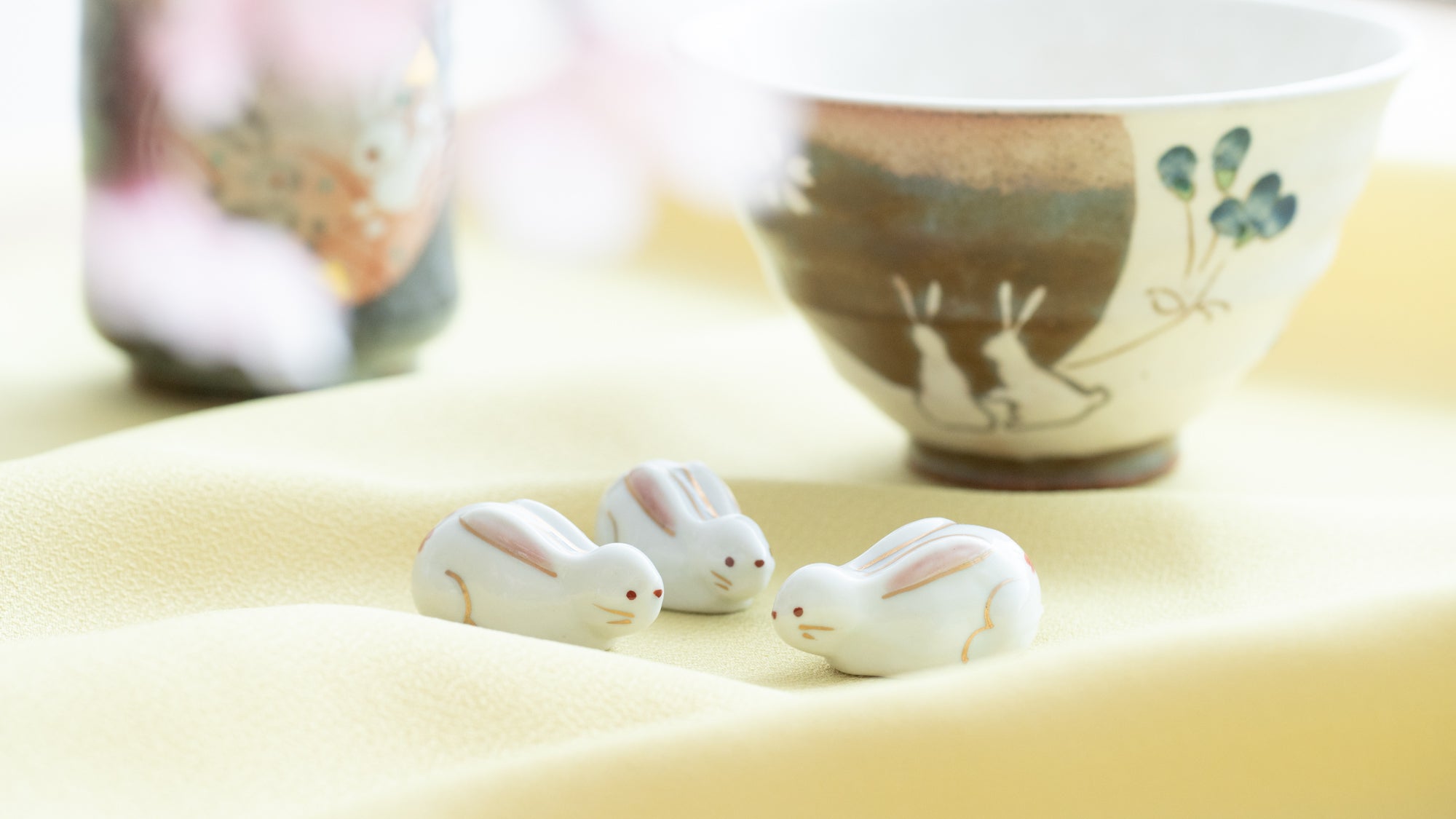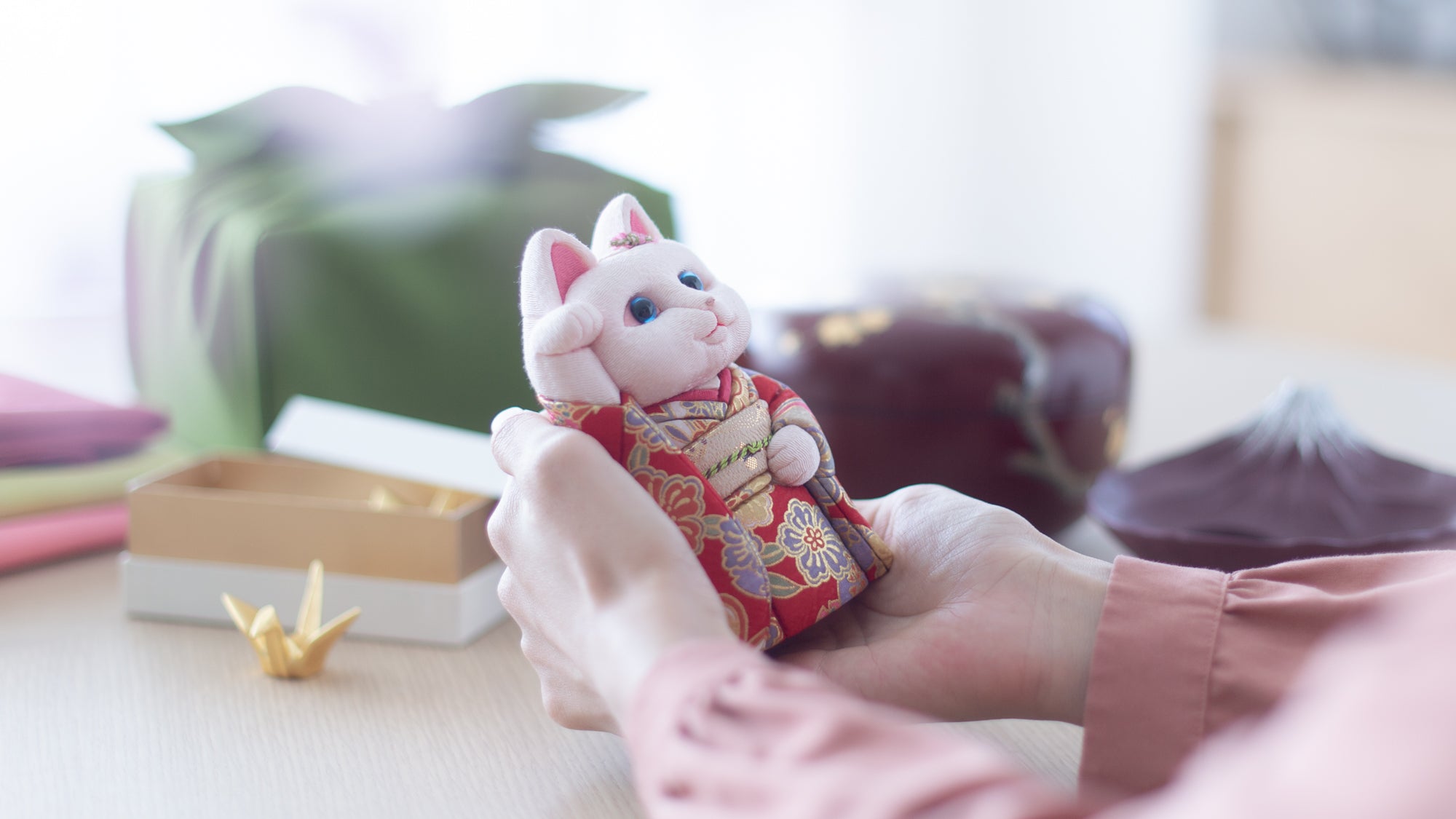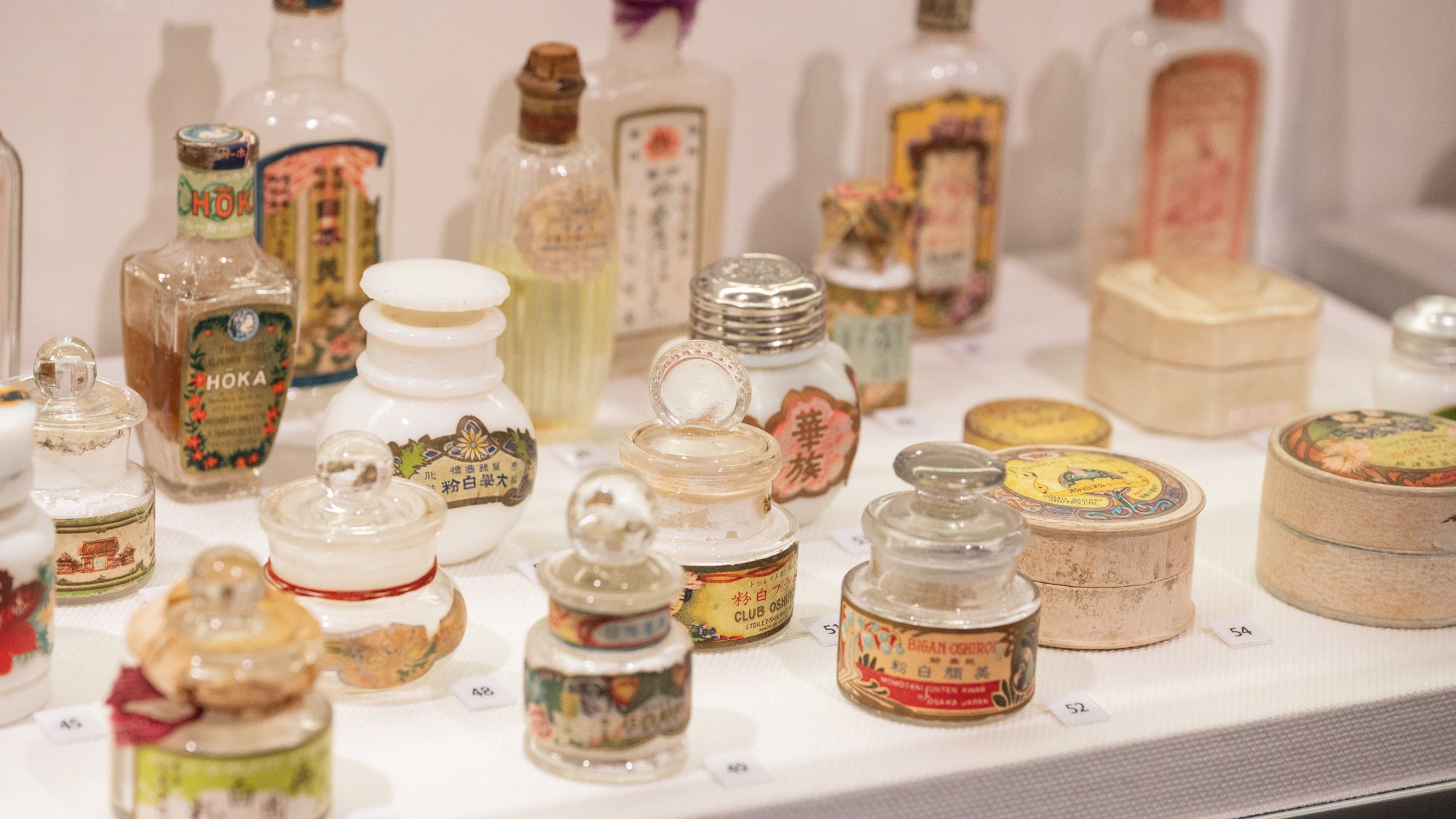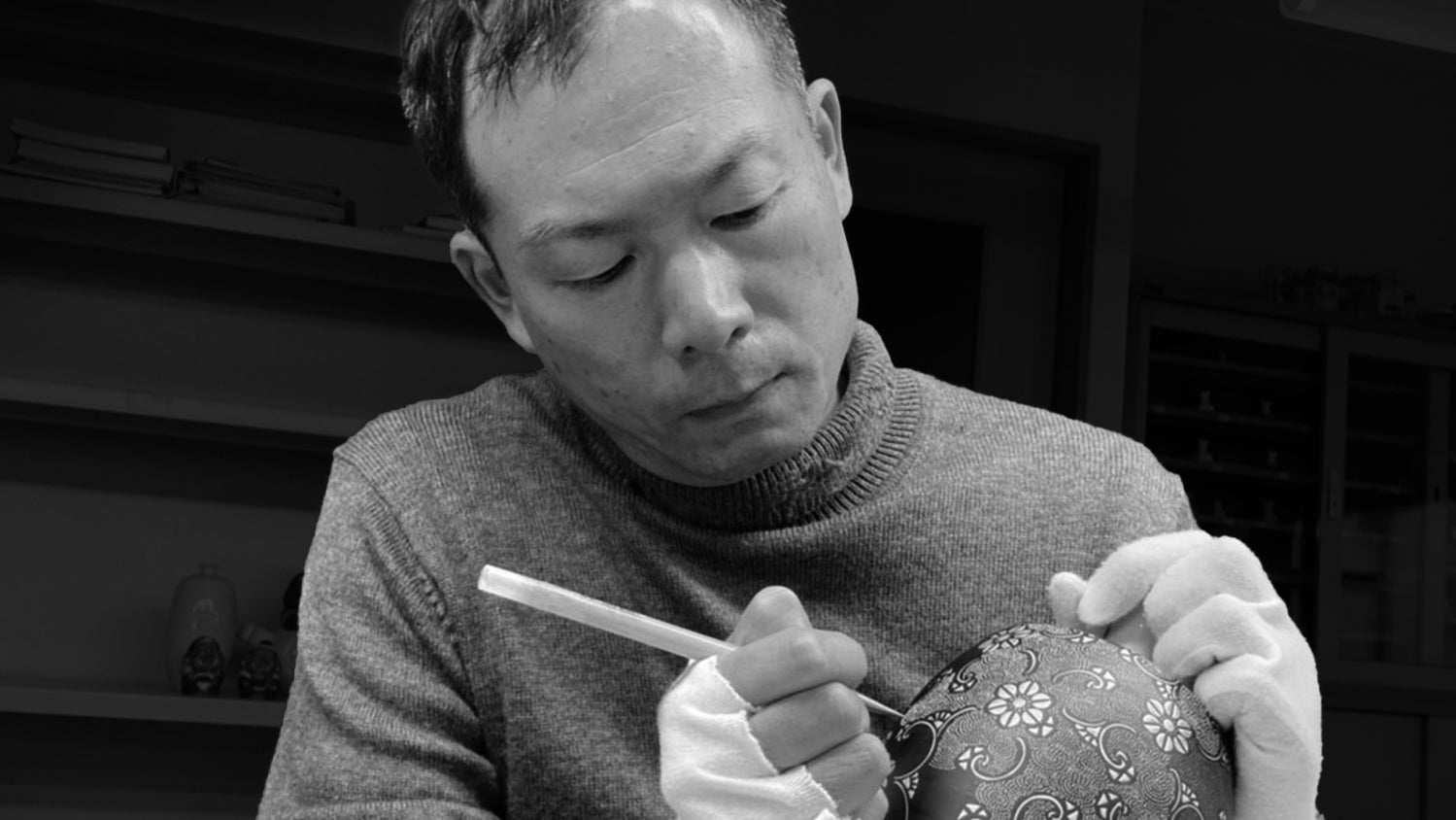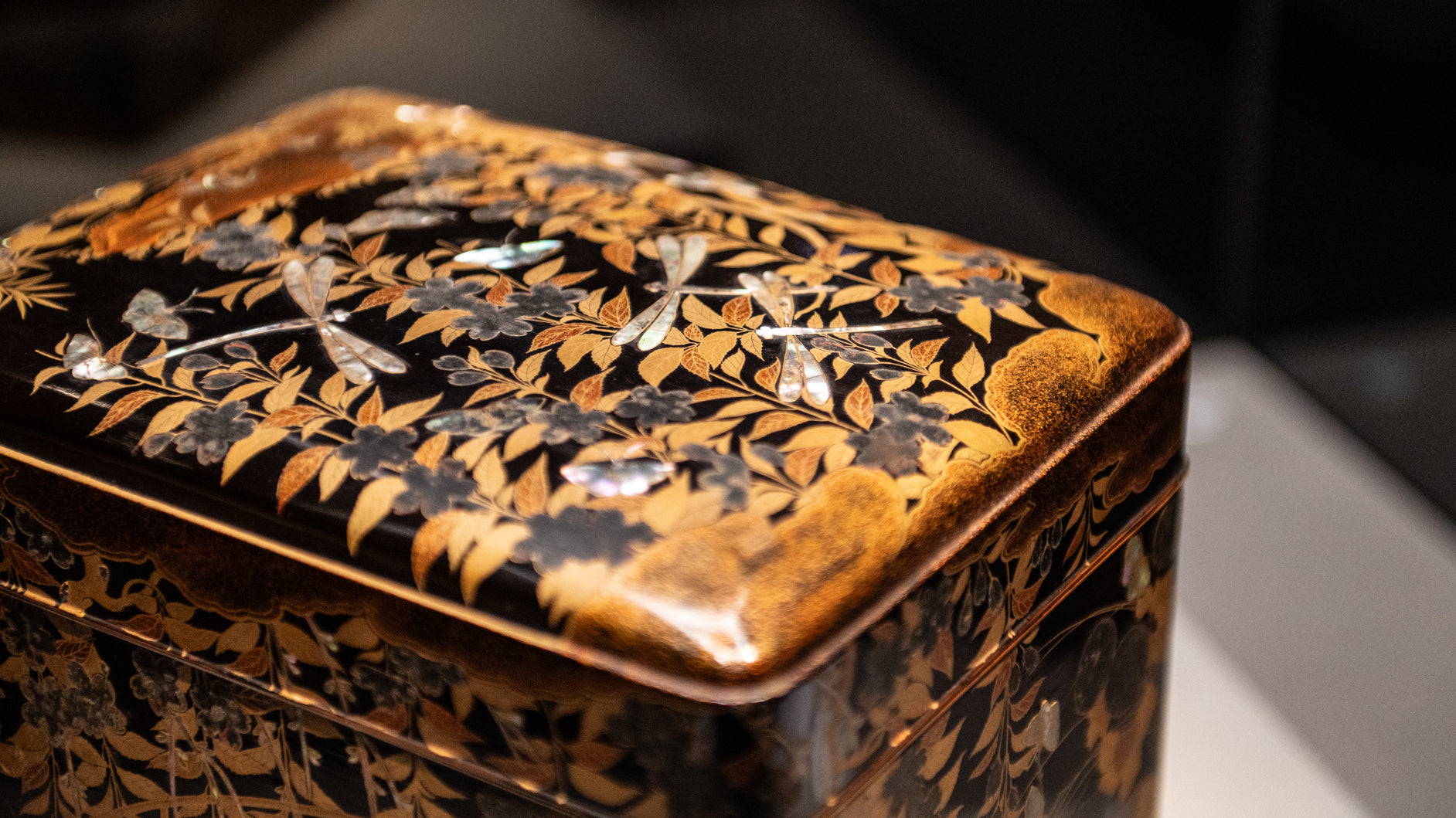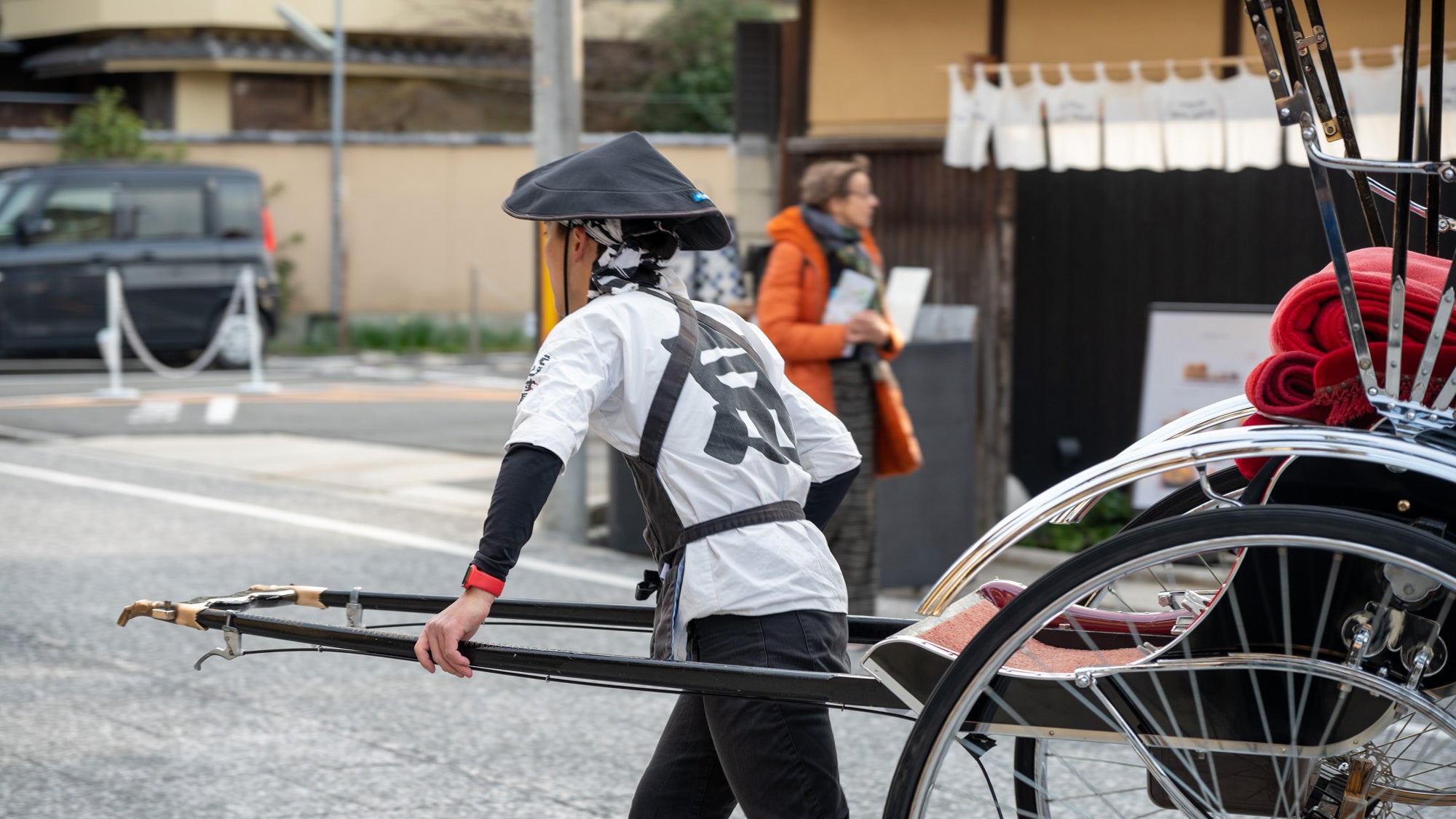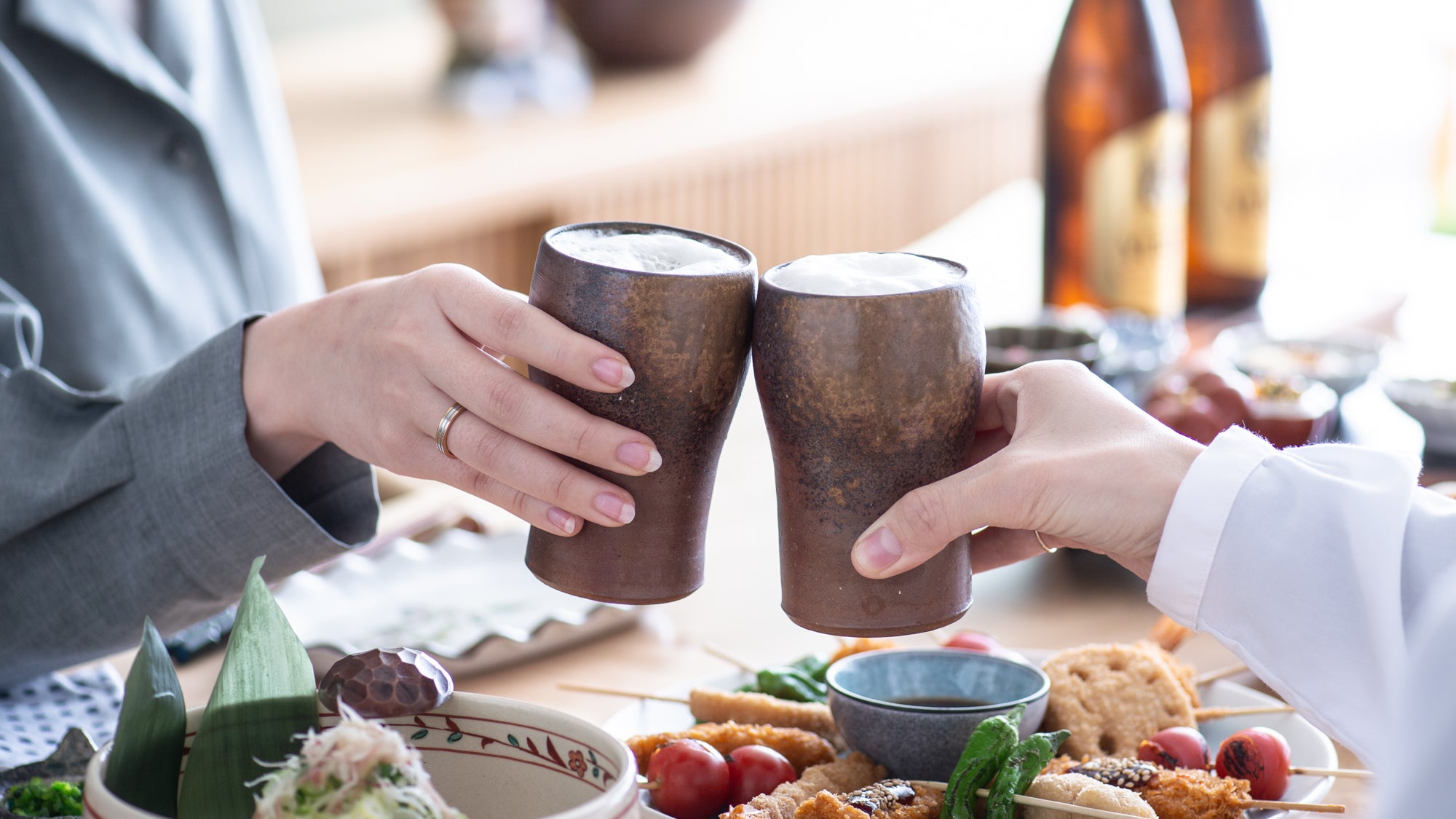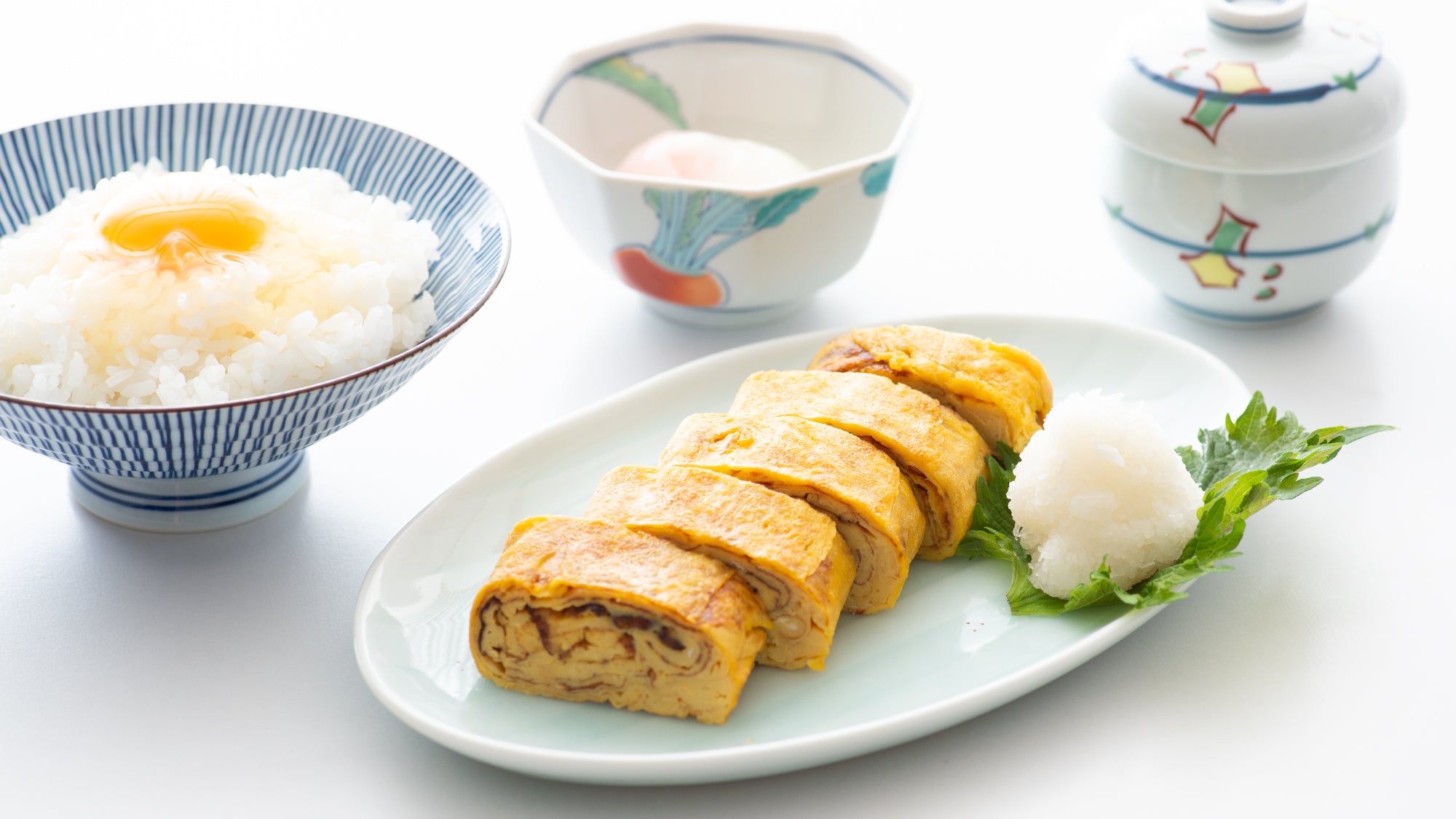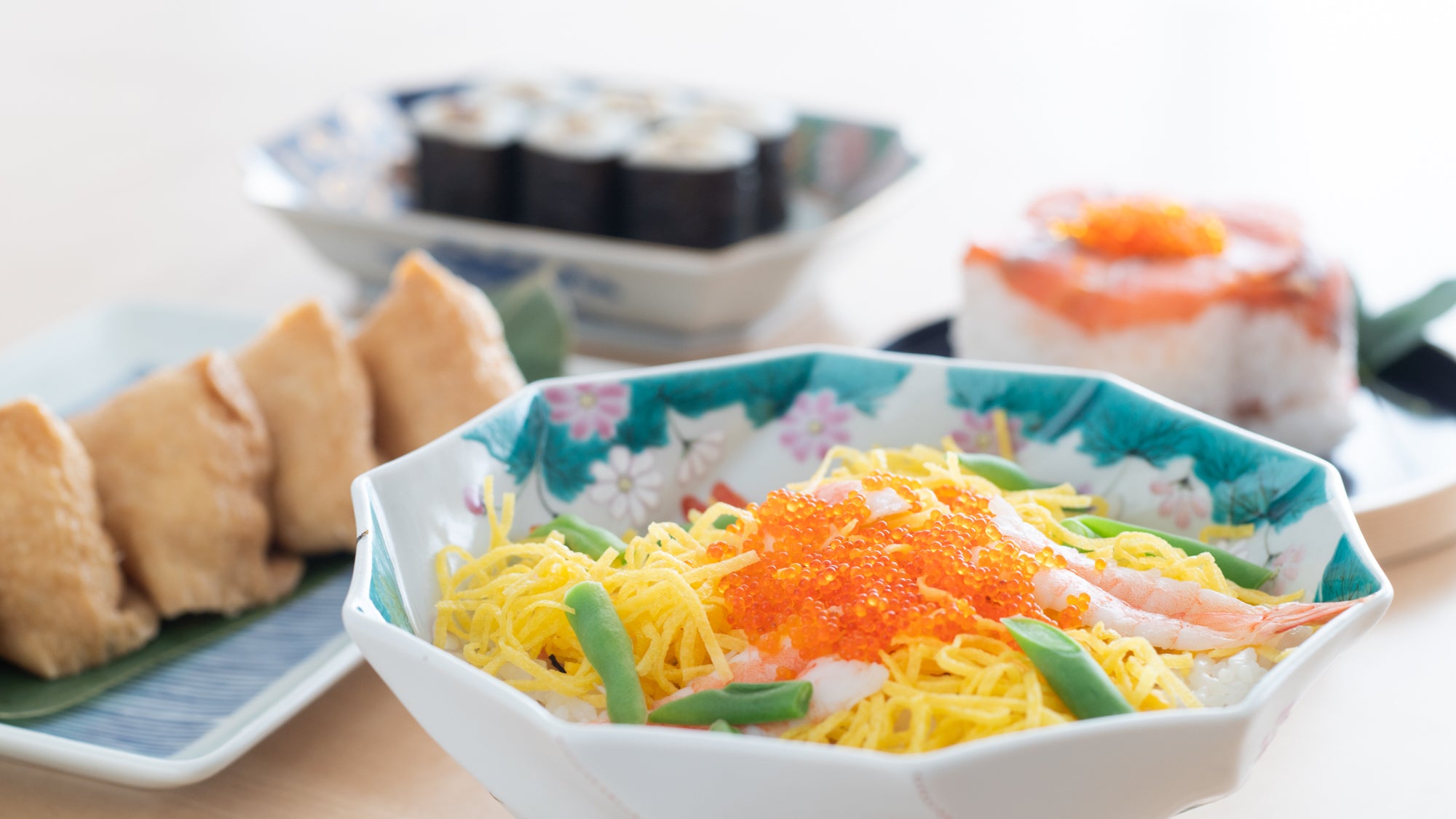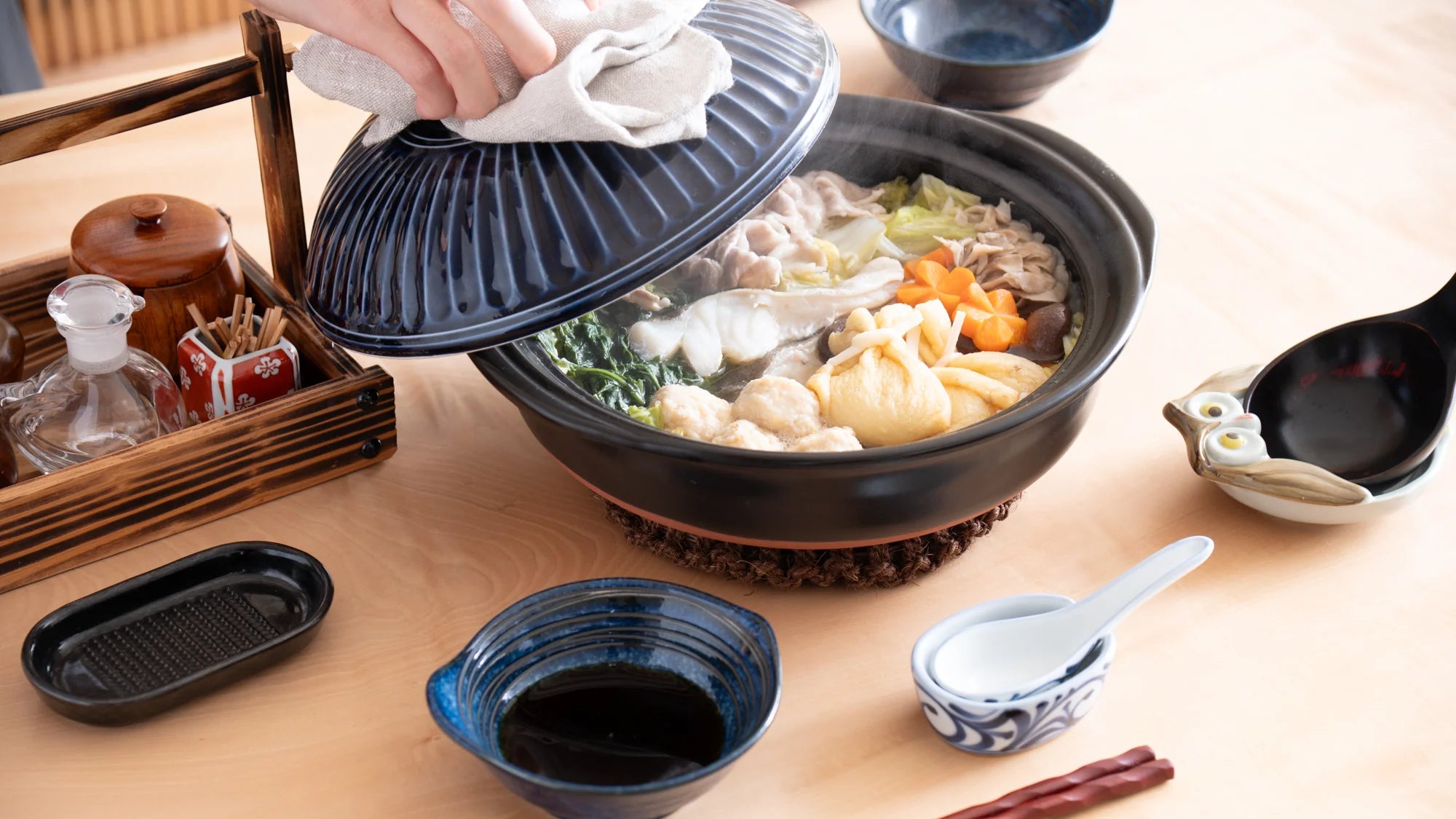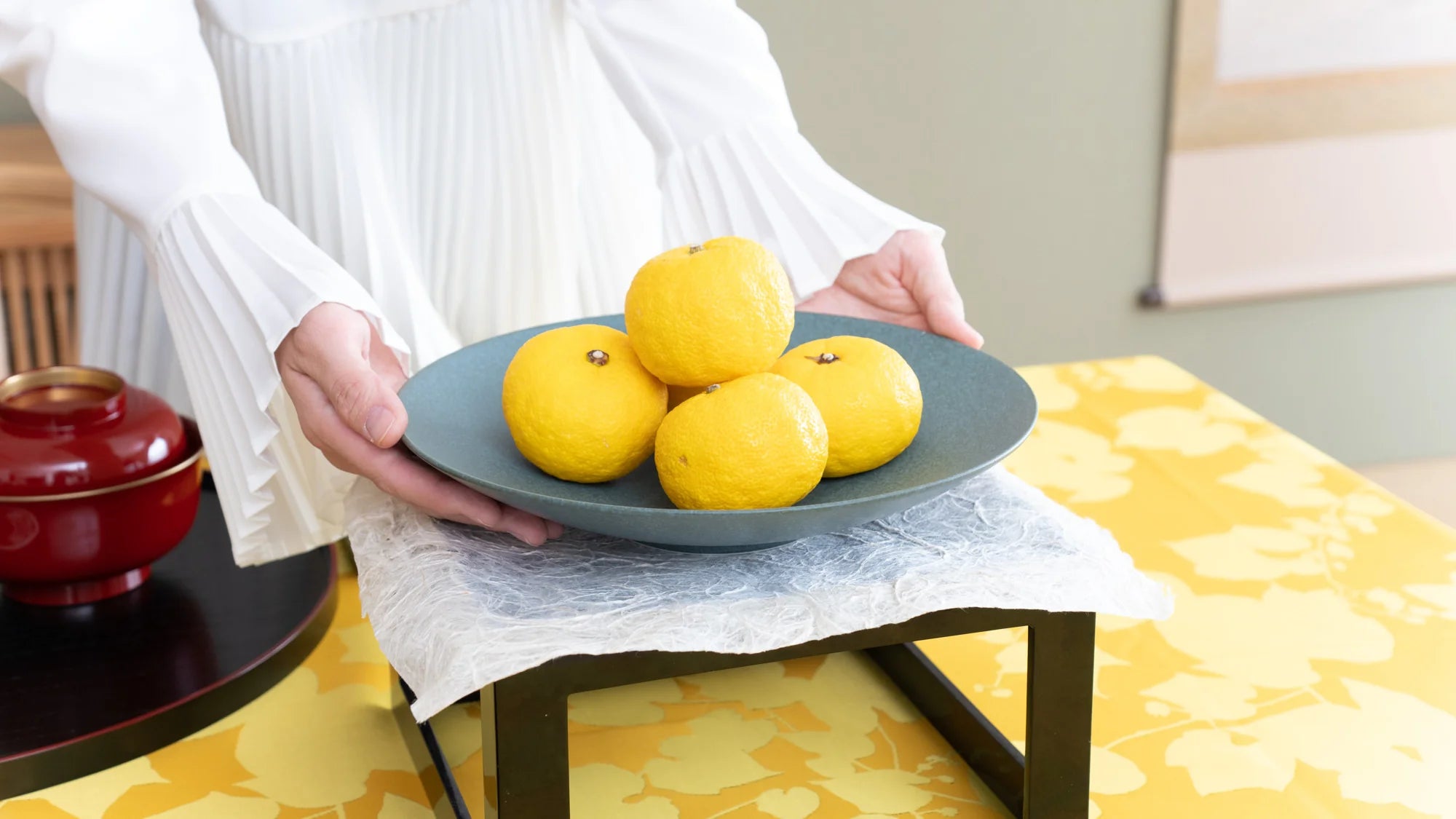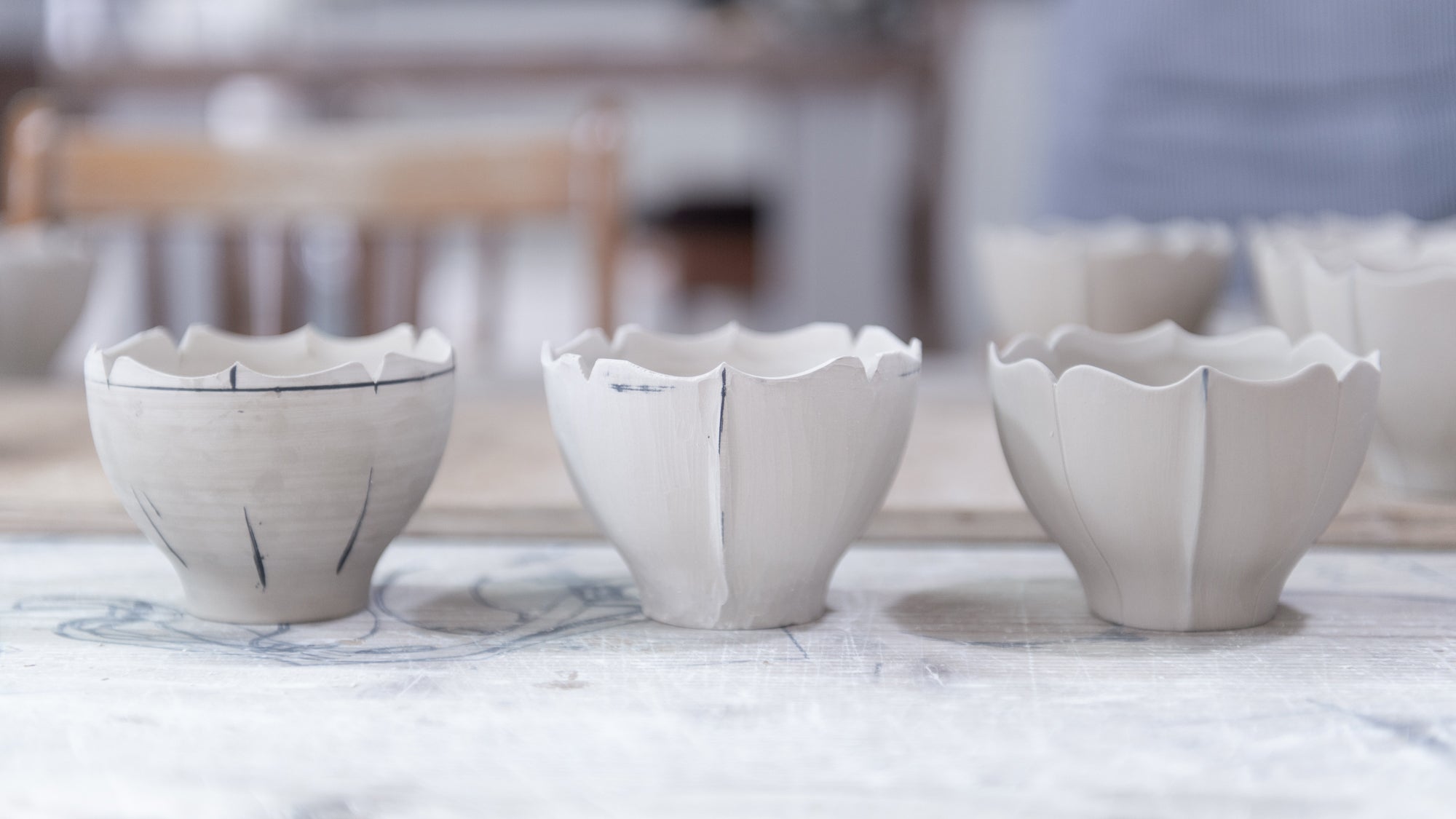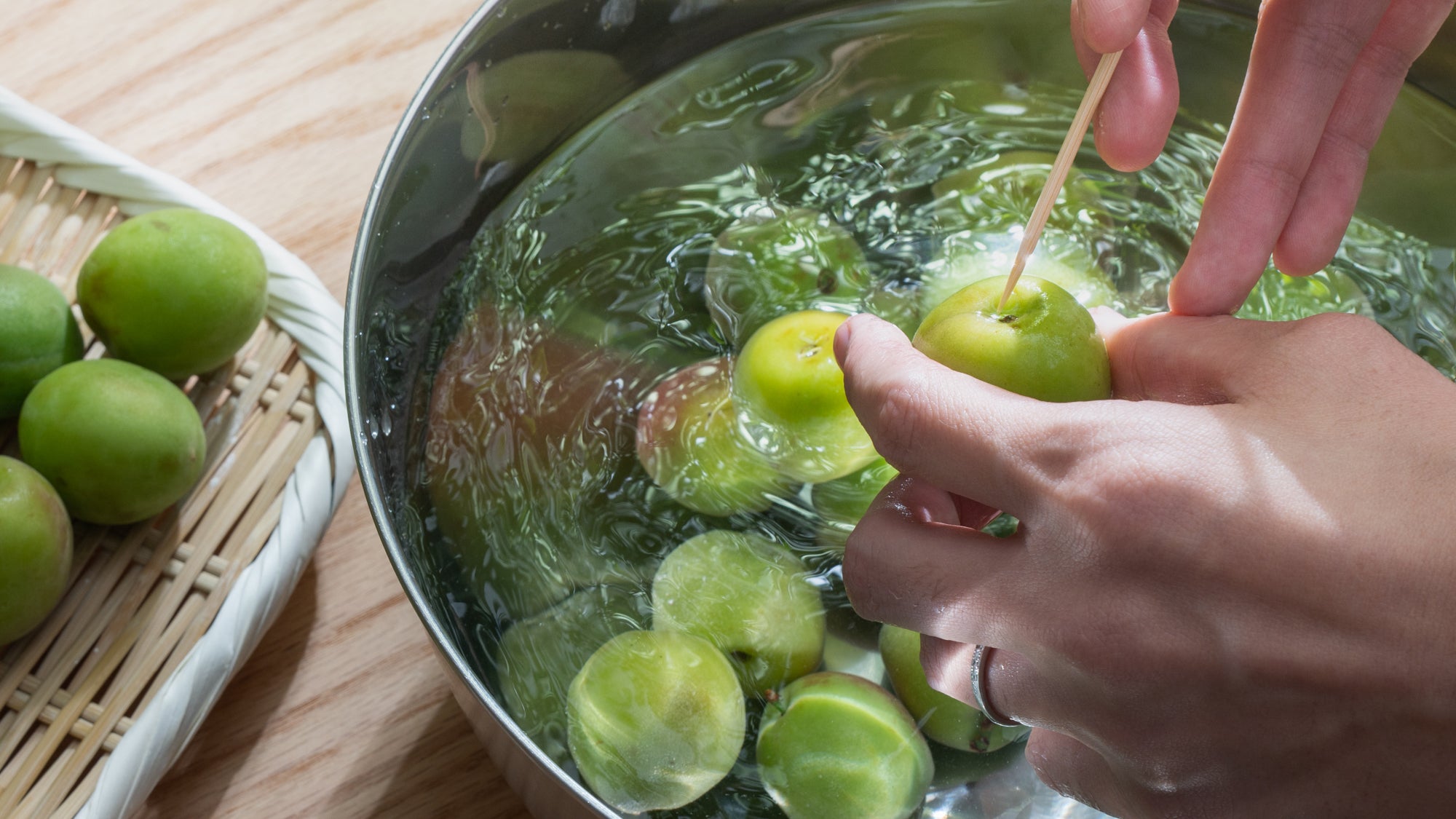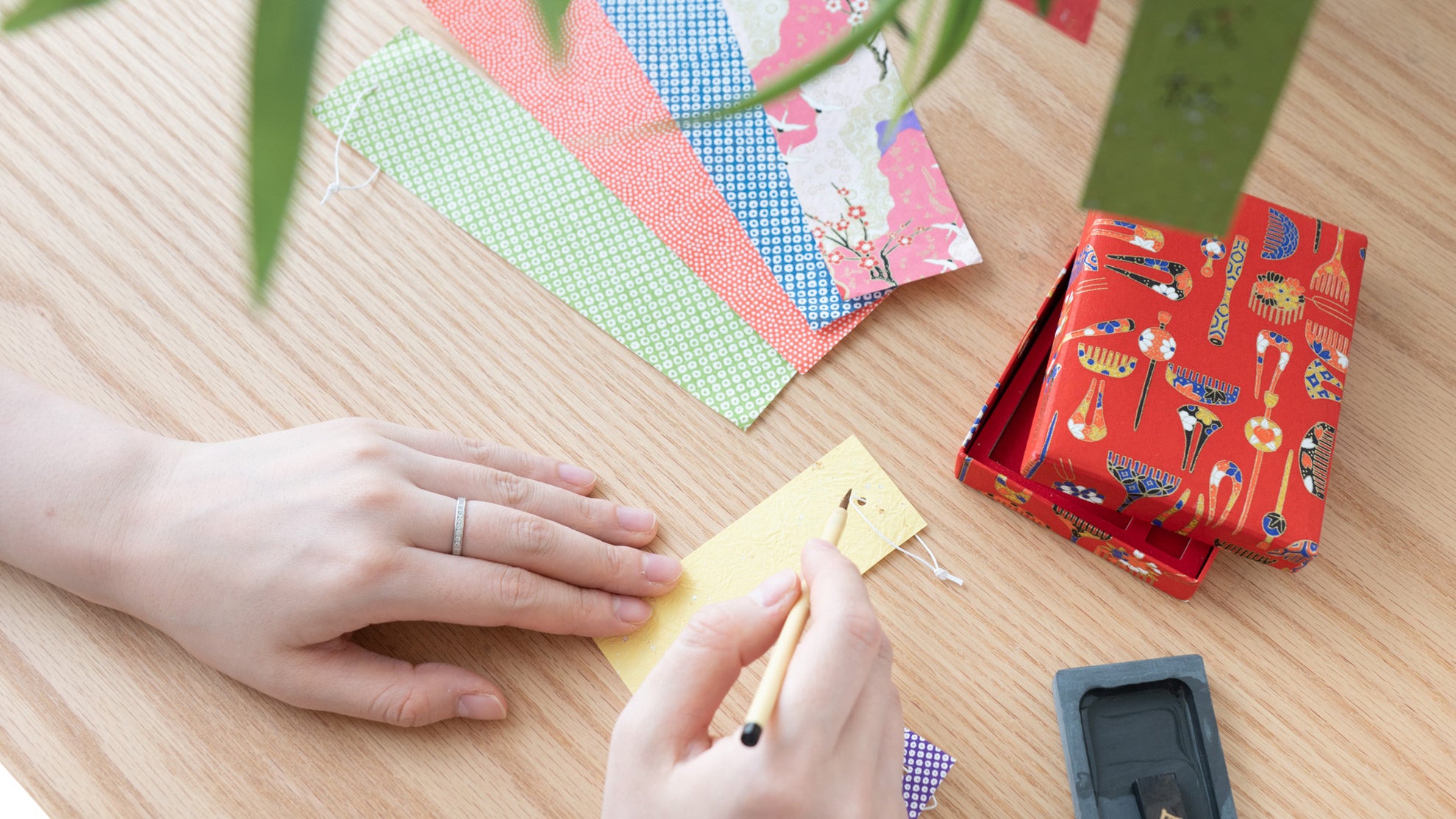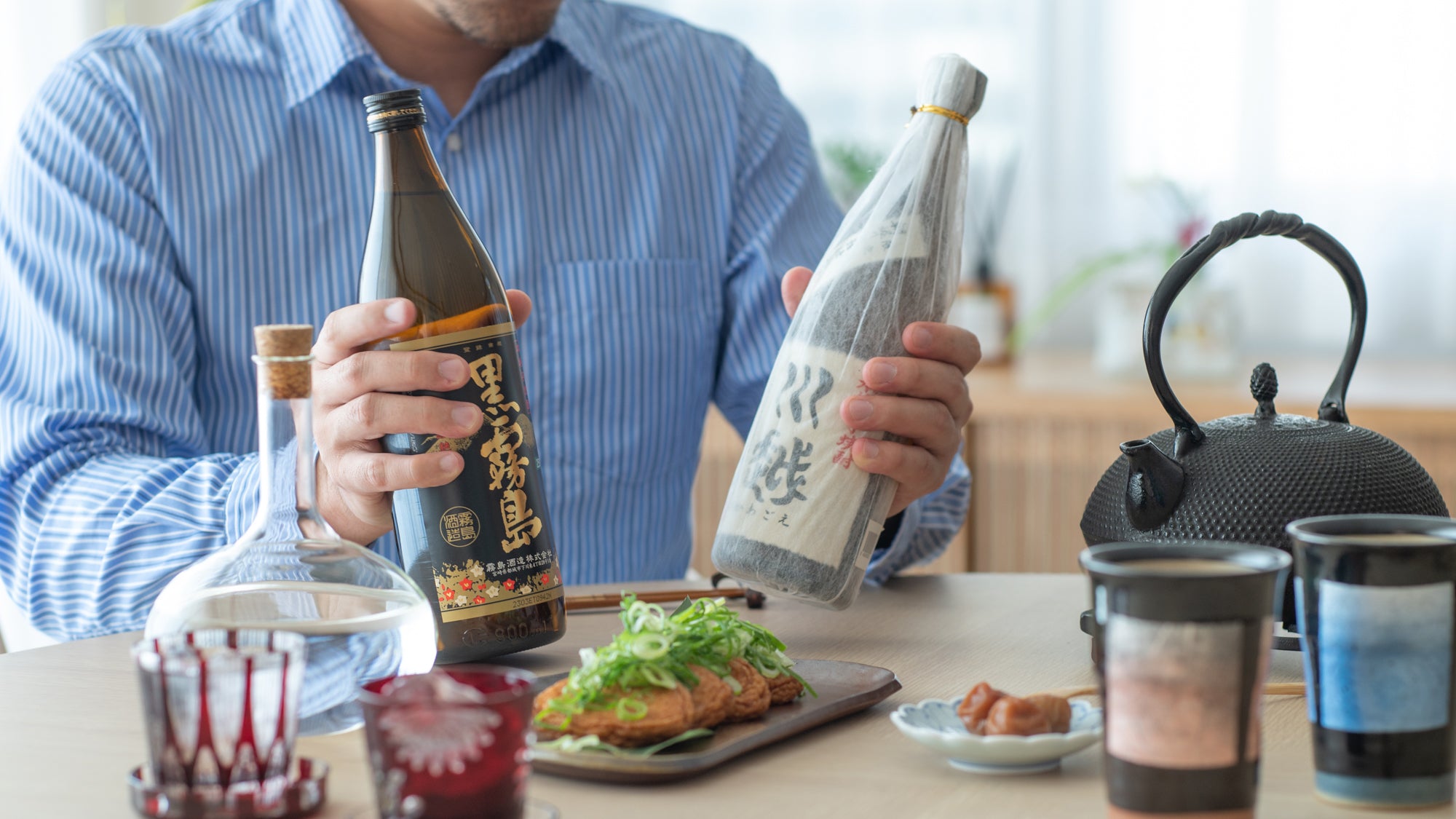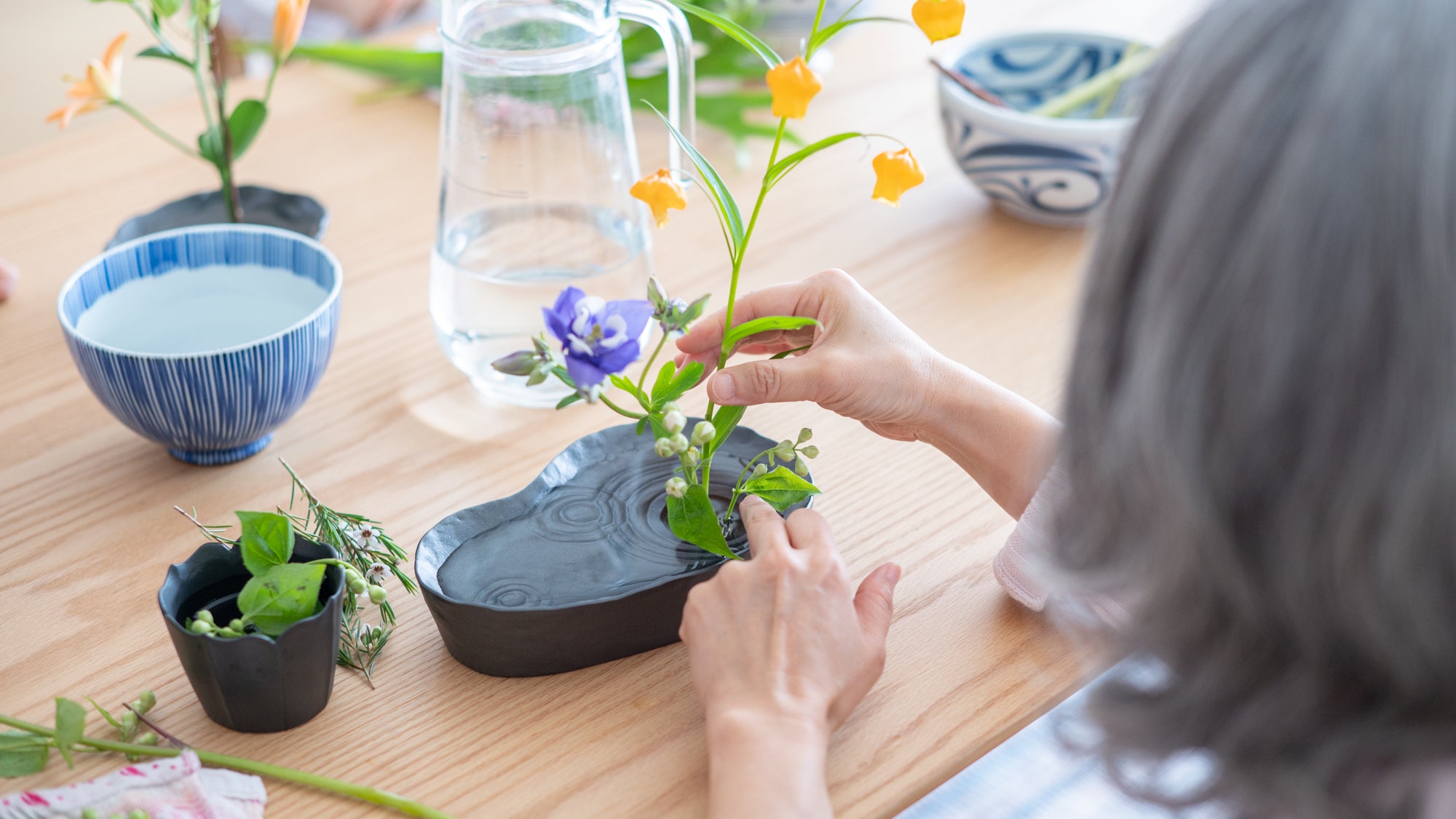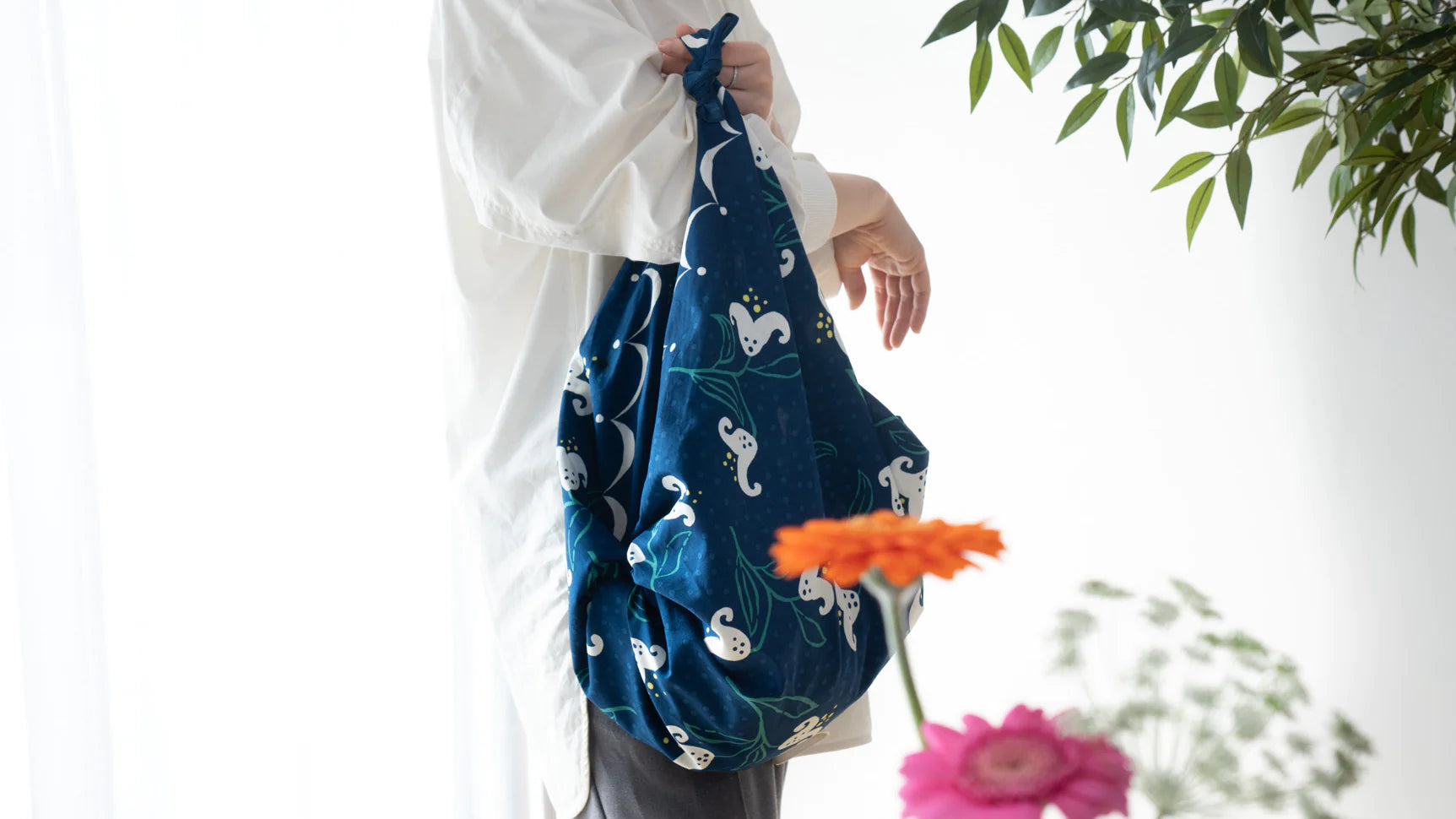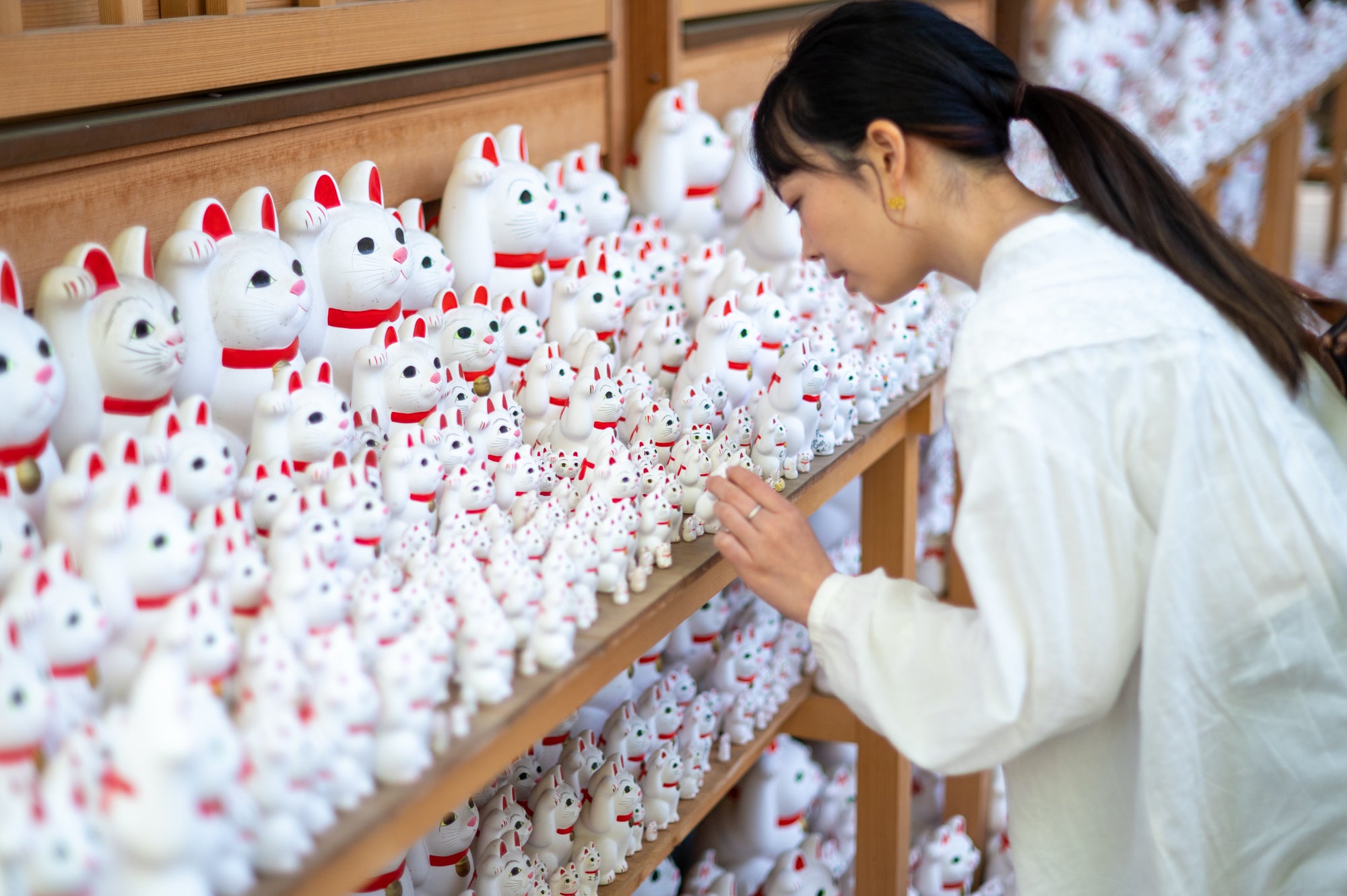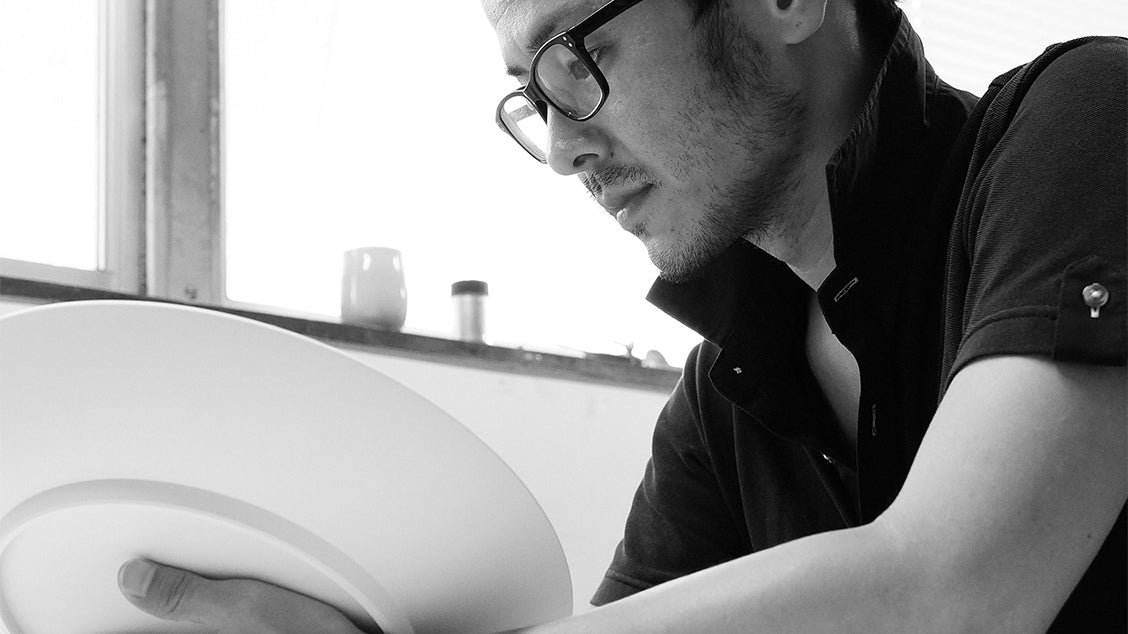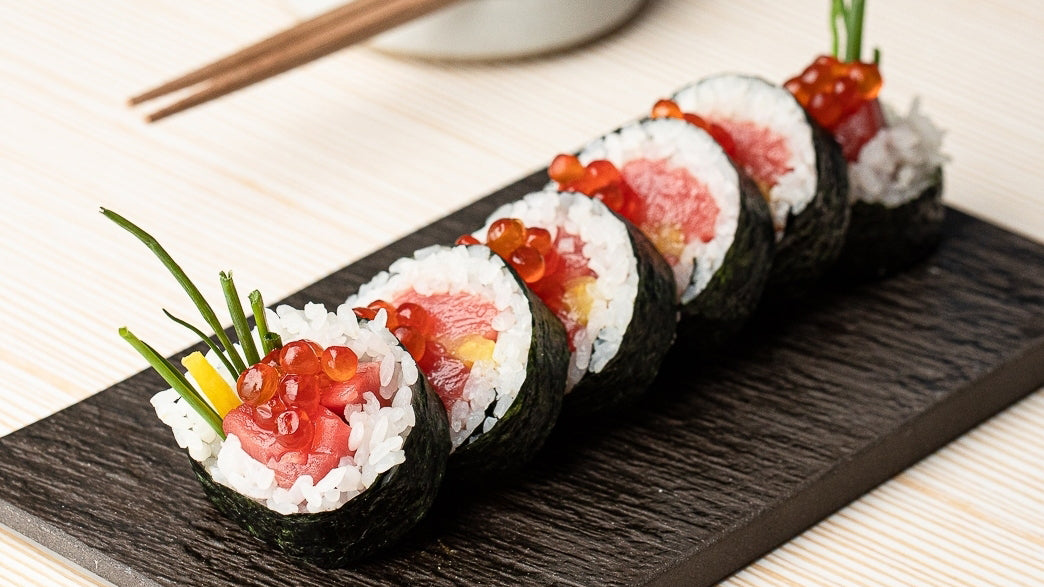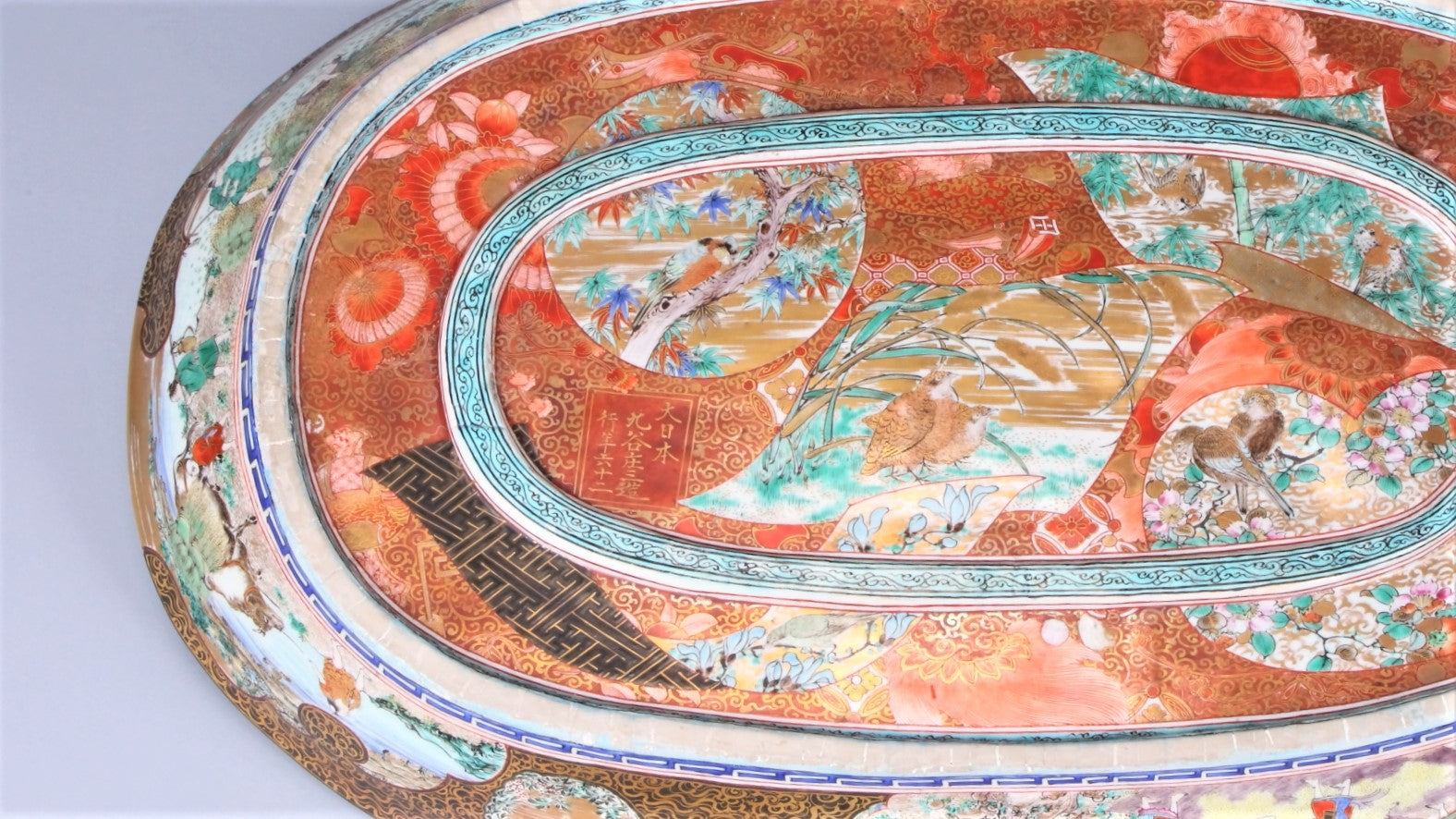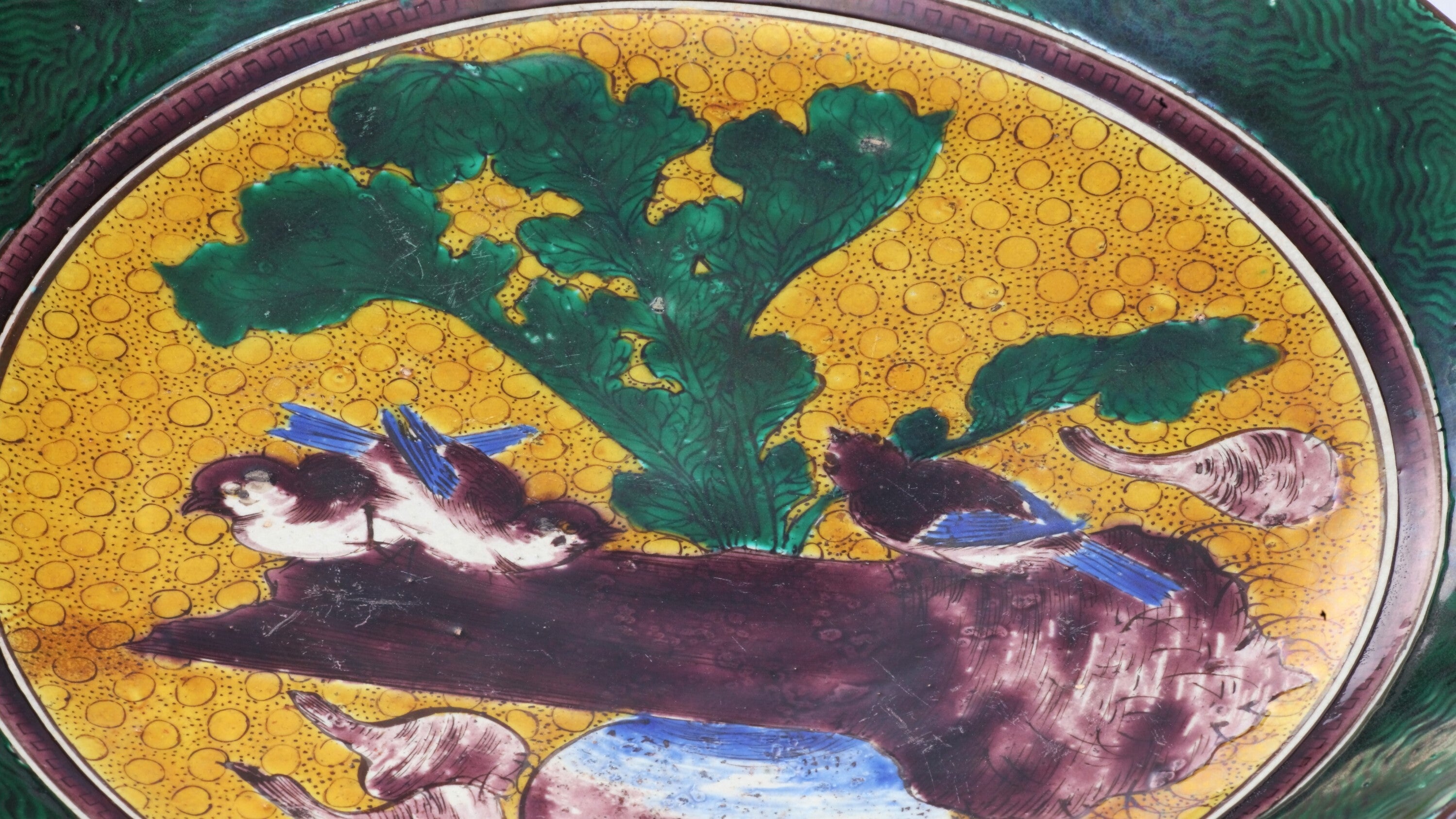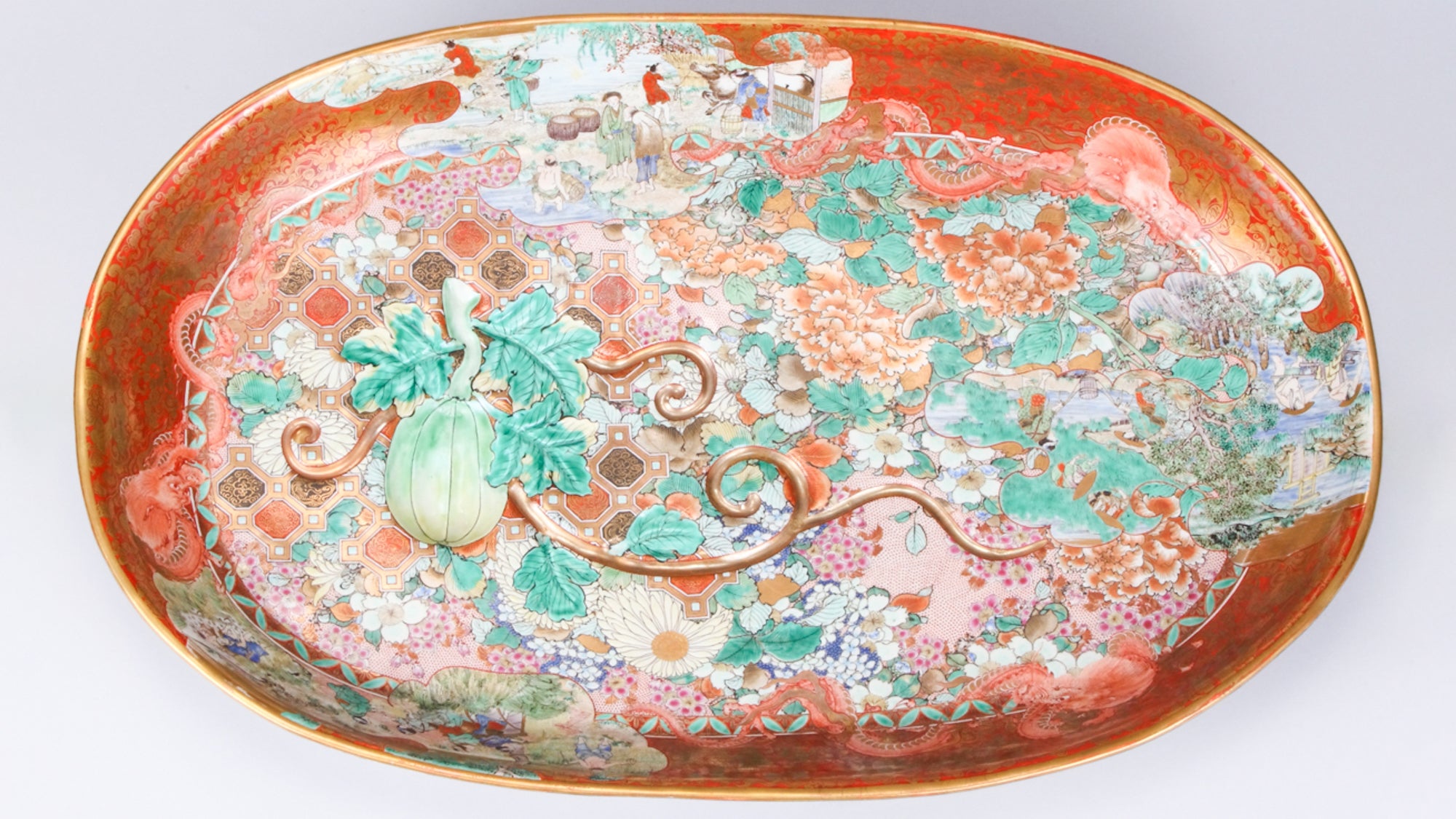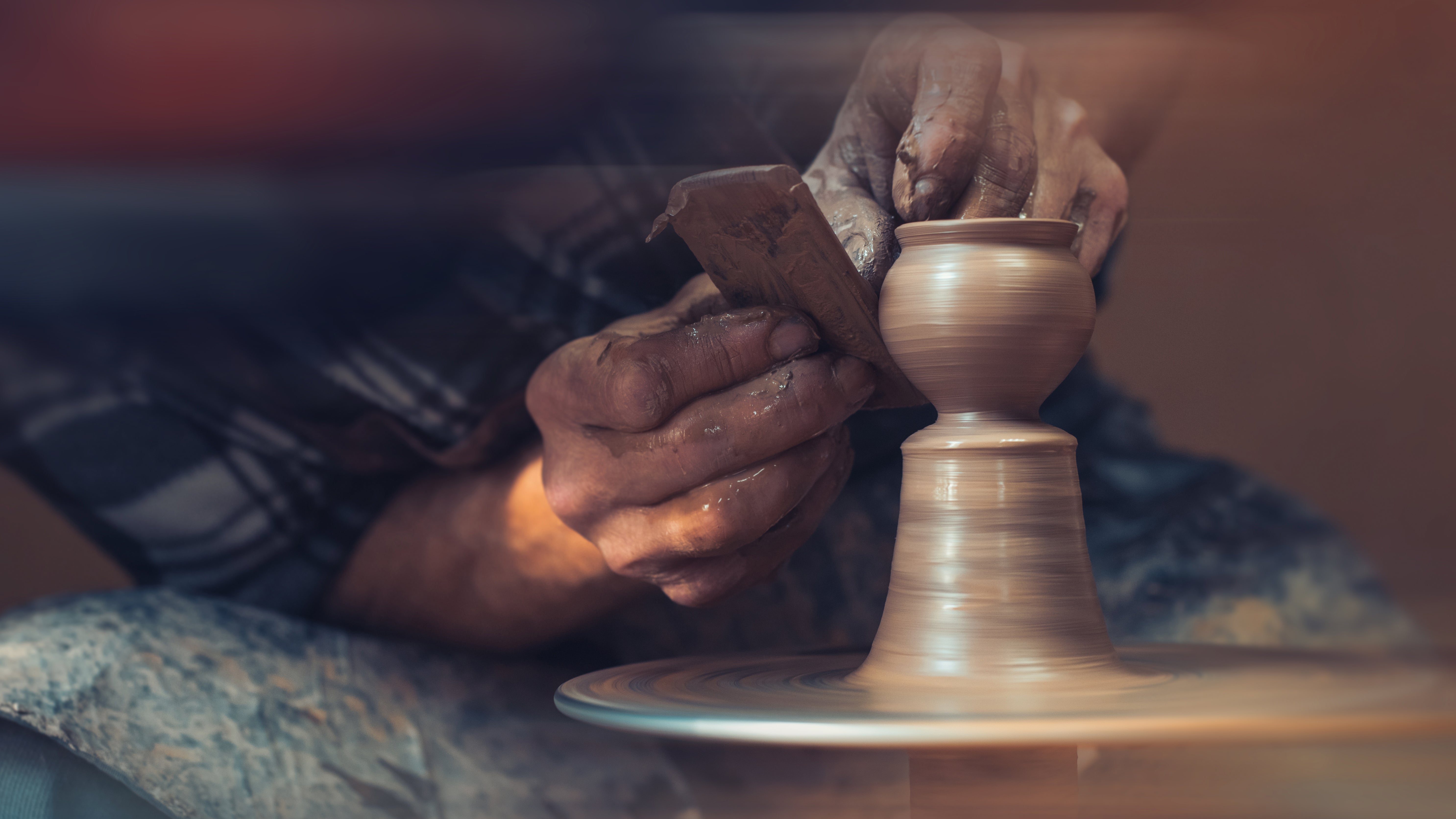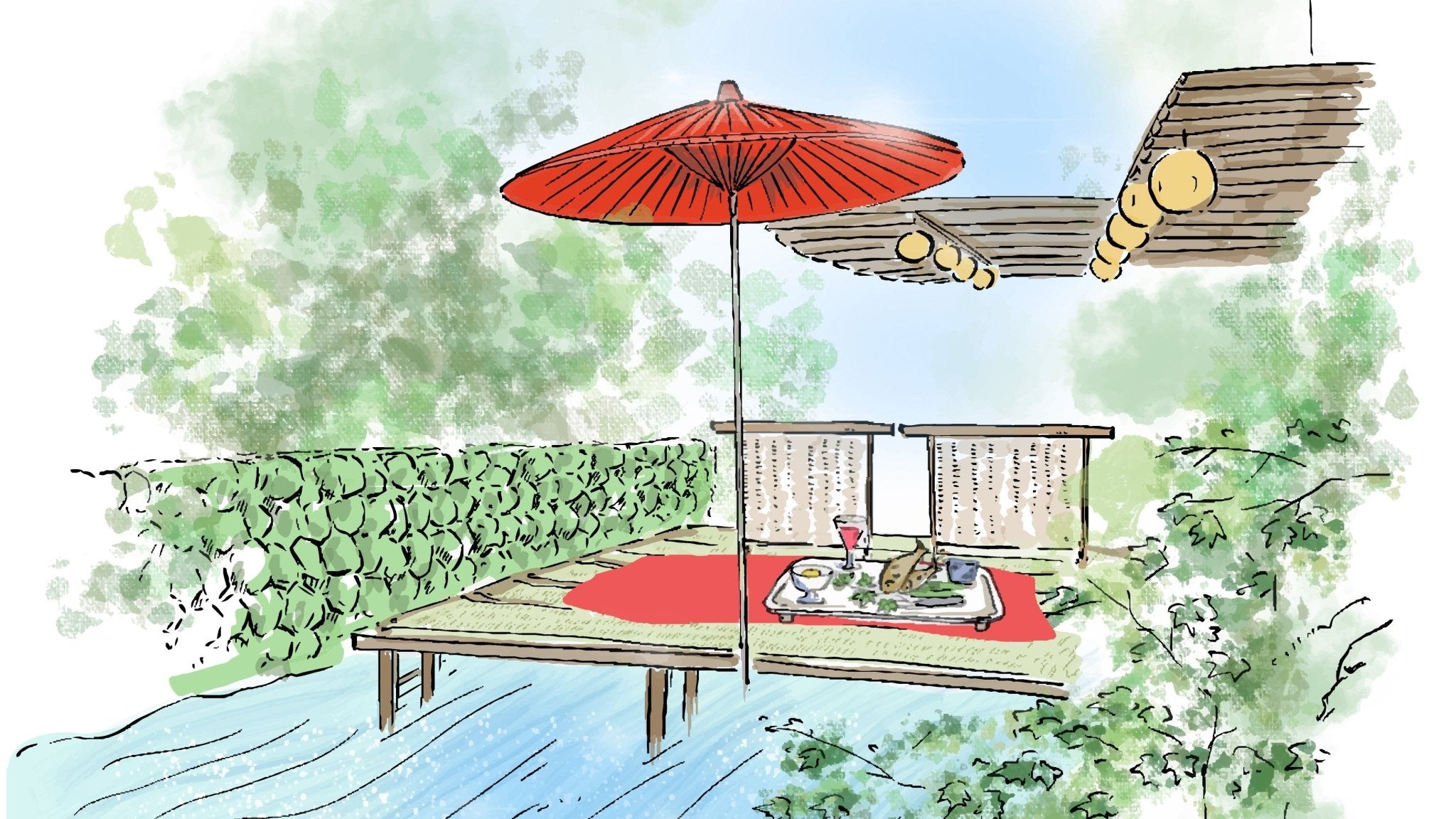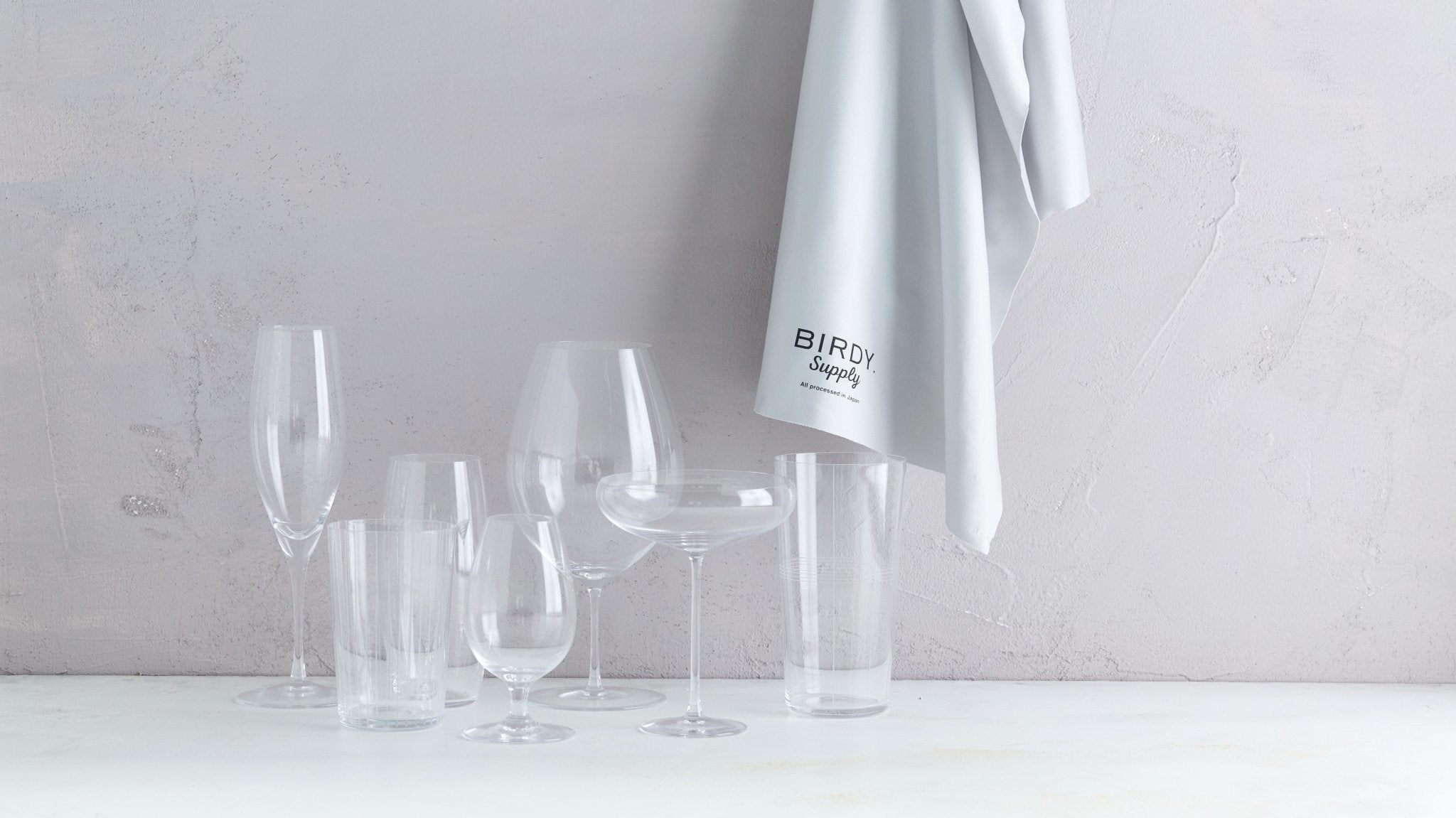25 April 2024
Explore Asakusa MUSUBI KILN Style


Asakusa, a favorite among visitors to Tokyo from abroad, is an area rich in historic buildings and landscapes, providing a gateway to Japan's storied past. Imagine strolling through the town in a kimono, experiencing the ambiance of ancient days wrapped around you.
While Sensoji Temple and Kaminarimon, along with the delights of street food and souvenir shopping at Nakamise Shopping Street, are ever-popular attractions, did you know there are many more locations in Asakusa just waiting to be discovered?
On a sunny spring day at the end of March, Team Musubi took a stroll to explore some of the wonderful places in Asakusa. In this article, we'll dive deep into well-loved landmarks along with the lesser-known treasures that add to Asakusa's charm.
Contents
- Scenic Views from Asakusa Culture Tourist Information Center
- The Fascinating Kaminarimon
- Touching History on Denboin Street
- Geta: Unique Souvenirs from Asakusa
- Experiencing Asakusa from the Sumida River
- Concluding the Tour with Asakusa's Signature Western Cuisine
Scenic Views from Asakusa Culture Tourist Information Center

Our first stop was at the Asakusa Culture Tourist Information Center, just across the street from Kaminarimon. The 8th-floor observation deck is a hidden gem, offering a panoramic view of Kaminarimon, Nakamise Shopping Street, and Sensoji Temple. Asakusa, a classic example of a monzen-machi—a town developed around shrines and temples—can be fully appreciated from this vantage point. The deck, open from 9 am to 10 pm, is free for visitors to enjoy and provides breathtaking views, especially at night, including a glimpse of the towering 634 m (2080 ft) Tokyo Skytree.
The Fascinating Kaminarimon

Kaminarimon, officially known as Fujinraijinmon, is named after the gods of wind and thunder placed on the left and right sides of the gate. These statues represent prayers for stable weather and bountiful harvests, with an added hope for protection against heavy rain and strong winds to safeguard Sensoji Temple.
Interestingly, since its initial construction at the end of the 10th century, Kaminarimon has experienced cycles of destruction and rebuilding. After being destroyed in a great fire in 1865, during the late Edo period (1603 CE–1868 CE), it remained unreconstructed for over 100 years. It wasn't until 1960 that Matsushita Konosuke, the founder of the leading electronics manufacturer Panasonic, took it upon himself to rebuild the gate we see today.

On the giant red lantern's front, characters for "雷 (thunder)" and "門 (gate)" are written in Edo-moji, a unique style of calligraphy used during the Edo period. The design of the characters cleverly expands towards the bottom to maintain its straight appearance on the rounded lantern.
Moreover, don't miss the dragon sculpture at the lantern's base, representing the dragon deity of water, embodying wishes to prevent fires in Asakusa. The detailed artistry and deep symbolism imbued in Kaminarimon's features reflect the rich cultural heritage and enduring spirit of Asakusa.
Touching History on Denboin Street

Beyond the iconic Kaminarimon lies Nakamise Shopping Street, a bustling corridor paved with stone, stretching approximately 250 m (820 ft) north to south. Here, about 90 shops line both sides, offering souvenirs and local foods, always teeming with visitors. On this particularly sunny day, the crowd was even larger than usual.

The shopping street leads to Denboin Street, and just past it, you'll find Sensoji Temple, Tokyo's oldest temple, established in 628. It's recommended to visit the temple and then enjoy a stroll along Denboin Street, where you can see vibrant figures of men in kimono decorating the rooftops and sidewalks.

These five figures represent the thieves from the kabuki play Aoto Zoshi Hana no Nishikie. The playwright, Kawatake Mokuami (1816–1893), once lived in this area, and the figures were placed in his honor.

In addition to these five, you'll find a figure of Nezumi Kozo, another thief from Mokuami's works, hidden somewhere for you to find. These characters, seemingly stepping out from the kabuki stories into modern-day Asakusa, add a surreal charm to the area.
Interestingly, there's a deep connection between kabuki and Asakusa. From the Edo period to the Meiji era, three major kabuki theaters were located northeast of Sensoji Temple, marking Asakusa as a cultural nexus of Tokyo.

Geta: Unique Souvenirs from Asakusa
In recent years, Asakusa has been pulling in crowds from all over the globe, not to mention an increasing number of locals in their 20s and 30s also flocking to the area. Furthermore, a wave of takeout food shops, boasting visually appealing dishes perfect for sharing on social media, have been opening in rapid succession, adding a modern twist to this historic locale.

"The town has changed quite a bit from about 50 years ago when I was a child," shared Tomita, the fourth-generation owner of Tsujiya Honten, a traditional Japanese footwear store on Denboin Street. "Back then, Asakusa was a place where families, from children to the elderly, would come to enjoy delicacies like sukiyaki and tempura."
Tomita notes Asakusa had long been known as a "town of footwear." It all started back when Asakusa was home to kabuki actors and their entourages, sparking a gathering of artisans skilled in crafting hanao—the straps on Japanese sandals. They all gathered at Hanakawado, just east of Sensoji Temple, turning it into a thriving wholesaling district for footwear. At its height, the area boasted around 800 businesses.

"Our store, founded about 100 years ago, used to do business with these wholesalers. However, because of the popularization of Western clothing and the consequent change in footwear, the number of wholesalers has significantly decreased," said Tomita, a touch of nostalgia in her voice.

Despite such changes, Tsujiya Honten continues to offer a wide variety of traditional footwear such as geta "wooden clogs" or zori "straw sandals", combining simple elegance with a touch of stylish flair. They take special care in attaching the hanao, ensuring comfort and fit, thanks to the skilled craftsmanship of artisans like Nomura, who has over 60 years of experience. We were fortunate to witness his work as he swiftly attached a beautifully sakura-patterned hanao to a polished black base of a geta.

Many commercially available getas come with loosely fitted hanao, often leading to discomfort as they rub against the skin with every step. However, at Tsujiya, the hanao is meticulously attached to perfectly fit each individual's foot.
"Once you try on our footwear, you'll definitely appreciate its value," Tomita explained. "Made from natural materials and designed for durability with the option of repair, our Japanese sandals offer long-lasting comfort and serve as an eco-friendly choice, reducing the burden on our planet."

In Asakusa, there are also shops scattered throughout that create and sell traditional products, such as Edo kiriko glassware, fans, and tenugui towels, all crafted with the exceptional skill of artisans.
Quality products naturally foster a sense of attachment, becoming cherished items in daily use. Moreover, these items have a way of awakening memories of the moment and place of purchase.
Experiencing Asakusa from the Sumida River
Tracing back through history, Asakusa was already established during the Kamakura period (1185 CE–1333 CE). Back then, the waters of what is now Tokyo Bay extended deep inland, and Asakusa was home to a bustling port where large ships came and went, carrying goods. Even today, the Sumida River flows gracefully along the east side of Asakusa, making its way southward to empty into Tokyo Bay.

You can delight in the waterside charm of Asakusa by embarking on a cruise along the Sumida River operated by the Tokyo Metropolitan Government. Departing from Asakusa, the cruise heads northward, passing under the Kototoi Bridge before looping back at Sakura Bridge, all within a leisurely 45-minute journey.

We boarded a sightseeing boat named Hotaruna, featuring a futuristic spacecraft designed by the internationally renowned manga artist Matsumoto Reiji. It was a bright, warm day, so we quickly stepped out onto the boat's rooftop deck.
Near the Kototoi Bridge, the towering figure of Tokyo Skytree was perfectly framed, majestic against the skyline.

Further upriver, in season, both banks of the river boast a combined total of 900 cherry trees, stretching for about a kilometer, creating an unparalleled cherry blossom viewing experience from the boat.

Throughout the cruise, the sight of other boats crisscrossing the river prompted us to imagine what this scene might have looked like back when Asakusa served as a port, bringing history and the present moment into a poignant connection.
Concluding the Tour with Asakusa's Signature Western Cuisine
Our next stop was to satisfy our growing hunger. Just a few minutes from the pier, we headed to Restaurant Kamiya, located on the second floor of the Kamiya Bar building. Despite being a weekday, the restaurant buzzed with life, filled with the cheerful chatter of diners.

Kamiya Bar, established in 1880 as a Western liquor tavern, underwent a significant transformation in 1912, becoming Japan's first Western-style bar. However, it wasn't until 1960 that it began serving food, marking the beginning of its evolution into today's Restaurant Kamiya.
The menus served are known as yoshoku or Western cuisine, a type of cooking that originated from Western dishes adapted to suit the Japanese palate. For instance, katsuretsu (panko-breaded fried pork cutlets) and omuraisu (rice wrapped in an omelet) are iconic dishes derived from European cuisine, tailored to Japanese tastes.

Asakusa's penchant for novelty and its residents' demand for new culinary experiences spurred numerous Western-style eateries since the Meiji period. Perfect for modern dining, these restaurants gained popularity post-World War II, contributing to Asakusa's reputation as a dining hotspot.

We opted for the signature cocktail denki bran, a robust blend of brandy, wine, gin, and curacao, alongside a crab croquette with a rich, creamy filling, and sautéed potatoes with onions and bacon in a fragrant Worcestershire sauce. Both dishes boasted a rustic charm, pairing wonderfully with the amber-hued drink.

Restaurant Kamiya offers a delightful array of dishes designed to complement alcoholic beverages, showcasing one of the restaurant's many attractions. The historical ambiance of the building adds another layer of intrigue. Fully satisfied and slightly tipsy, we concluded our exploration of Asakusa, filled with exciting discoveries and a deep appreciation for the area's rich history and culinary heritage.
How many of the spots introduced in this article were new to you? Did any pique your interest? By exploring deeper into food, art, and history based on your interests, your travels can transform into richer experiences.
We hope this article helps you on your next adventure through Asakusa, providing insights into its lesser-known attractions and encouraging you to explore beyond the obvious.




